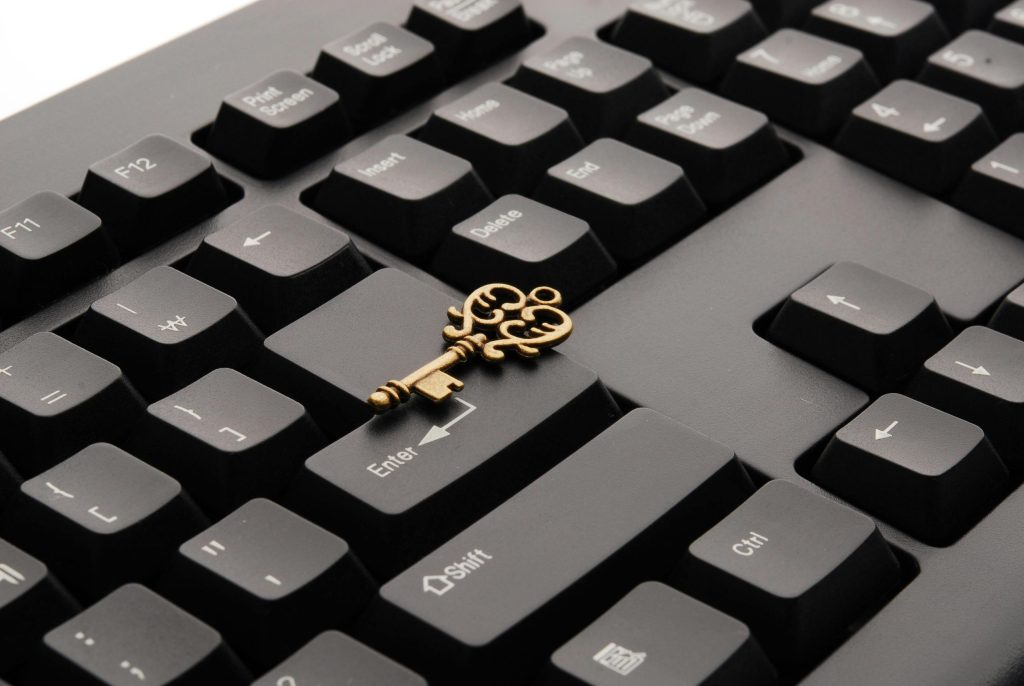Best Practices for Securing Your Email Accounts
In today’s digital age, email accounts are a primary communication channel for personal and business-related matters. However, they are also a prime target for cyber-criminals seeking sensitive information, access to financial accounts, or company data. Ensuring the security of your email accounts is crucial in protecting your privacy and data. Here are some best practices to secure your email accounts:

1. Use Strong and Unique Passwords
Your email password is the first line of defense. Combine uppercase and lowercase letters, numbers, and special characters to create a strong password. Avoid common words or easily guessable information such as birthdays or pet names. Utilize a password manager to generate and securely store complex, unique passwords for all your accounts.
2. Enable Two-Factor Authentication (2FA)
Two-factor authentication (2FA) adds an additional layer of security by requiring not only your password but also a second form of verification, such as a code sent to your phone or an authentication app. Enabling 2FA significantly reduces the chances of unauthorized access, even if your password is compromised.
3. Regularly Update Your Password
While strong passwords are vital, updating them periodically reduces the risk of prolonged exposure to potential threats. Aim to change your passwords at least once every three to six months and immediately if you suspect any suspicious activity.
4. Beware of Phishing Attacks
Phishing is one of the most common ways hackers steal login credentials and sensitive information. Be cautious when receiving unsolicited emails, especially those requesting personal information or urgent action. Always verify the sender’s email address, hover over links to check their destination, and avoid clicking on attachments or links from unknown sources.
5. Monitor Account Activity
Regularly review your email account’s activity and look for any unusual or unauthorized access attempts. Most email providers offer activity logs where you can track logins, especially those from unknown locations or devices. If you notice anything suspicious, change your password immediately and notify your email provider.
6. Use Encrypted Communication
When sending sensitive information via email, consider using encryption tools to protect your messages. Email encryption ensures that only the intended recipient can read the content of your email, making it much more difficult for hackers to intercept and read.
7. Be Cautious with Third-Party Apps
Many email providers allow you to connect third-party apps and services to your account. While this is convenient, it can also pose a security risk if those apps are compromised. Regularly review the permissions granted to third-party apps and remove any that you no longer use or trust.
8. Keep Your Software Up to Date
Ensure that your email client, operating system, and any Antivirus or Anti-Malware Software are up to date with the latest patches and security updates. Cyber-criminals often exploit vulnerabilities in outdated software to gain access to systems, so regular updates are essential for keeping your email secure.
9. Use a Secure Wi-Fi Network
Public Wi-Fi networks are often not secure and can be a breeding ground for hackers looking to intercept your communications. Avoid accessing your email on public networks unless you’re using a Virtual Private Network (VPN), which encrypts your connection and protects your data from potential eavesdropping.
10. Educate Yourself and Your Team
Security is only as strong as the people using it. Educate yourself and your team members about email security best practices, the latest phishing scams, and how to recognize suspicious activities. Regular training sessions and security awareness programs can help minimize the risk of human error.
Conclusion
email security is a collective effort that demands proactive measures and continuous awareness. By adopting these best practices—such as using strong passwords, enabling 2FA, and staying cautious about phishing—you can significantly reduce the risk of unauthorized access to your email accounts and safeguard your personal and professional information. Remember, in the world of digital security, prevention is always better than cure.